The Impact of Indoor Air Quality on Infants and Toddlers: A Comprehensive Analysis

Indoor air quality is a crucial determinant of the overall health and well-being of individuals, and its significance becomes even more pronounced when it comes to infants and toddlers. The vulnerable respiratory systems of these young ones make them highly susceptible to the adverse effects of poor air quality. In this blog, we will delve deeper into the specific impacts of indoor air quality on infants and toddlers, supported by substantial evidence and concrete examples.
1. Respiratory Health:
Studies have consistently shown that exposure to indoor air pollutants such as chemicals, allergens, and particulate matter significantly increases the risk of respiratory issues among infants and toddlers. For instance, research conducted by the American Lung Association discovered that children exposed to second-hand smoke at home are more likely to develop asthma compared to those in smoke-free households. The presence of volatile organic compounds (VOCs) from cleaning products and furnishings can also trigger or exacerbate respiratory conditions in young children.
2. Neurodevelopmental Effects:
Recent research has highlighted a potential link between poor indoor air quality and impaired neurodevelopment in infants and toddlers. Exposure to high levels of air pollutants, such as lead and polycyclic aromatic hydrocarbons (PAHs), has been associated with cognitive and behavioral deficiencies in children. A study published in Environmental Health Perspectives revealed that children exposed to higher levels of indoor PAHs exhibited a significant decline in IQ scores compared to their counterparts with lower exposure.
3. Allergies and Sensitivities:
Indoor air pollution can be a major contributor to allergies and sensitivities among infants and toddlers. Common allergens like dust mites, pet dander, mold spores, and pollen can become trapped indoors and trigger allergic reactions in young children. Long-term exposure to these allergens may even lead to the development of new allergies or asthma. As an example, a study published in the Journal of Allergy and Clinical Immunology found a strong correlation between indoor mold exposure and the development of asthma symptoms in children under the age of three.
4. Solutions for Improving Indoor Air Quality:
To safeguard the health of infants and toddlers, it is essential to take proactive measures to improve indoor air quality. Here are a few effective strategies:
Conclusion:
The quality of indoor air has a profound impact on the health and development of infants and toddlers. Adopting proactive measures to minimize exposure to indoor air pollutants can significantly reduce the risk of respiratory issues, neurodevelopmental impairments, and allergies. By creating a safe and clean indoor environment, we can ensure that our little ones grow and thrive in healthy surroundings.
1. Respiratory Health:
Studies have consistently shown that exposure to indoor air pollutants such as chemicals, allergens, and particulate matter significantly increases the risk of respiratory issues among infants and toddlers. For instance, research conducted by the American Lung Association discovered that children exposed to second-hand smoke at home are more likely to develop asthma compared to those in smoke-free households. The presence of volatile organic compounds (VOCs) from cleaning products and furnishings can also trigger or exacerbate respiratory conditions in young children.
2. Neurodevelopmental Effects:
Recent research has highlighted a potential link between poor indoor air quality and impaired neurodevelopment in infants and toddlers. Exposure to high levels of air pollutants, such as lead and polycyclic aromatic hydrocarbons (PAHs), has been associated with cognitive and behavioral deficiencies in children. A study published in Environmental Health Perspectives revealed that children exposed to higher levels of indoor PAHs exhibited a significant decline in IQ scores compared to their counterparts with lower exposure.
3. Allergies and Sensitivities:
Indoor air pollution can be a major contributor to allergies and sensitivities among infants and toddlers. Common allergens like dust mites, pet dander, mold spores, and pollen can become trapped indoors and trigger allergic reactions in young children. Long-term exposure to these allergens may even lead to the development of new allergies or asthma. As an example, a study published in the Journal of Allergy and Clinical Immunology found a strong correlation between indoor mold exposure and the development of asthma symptoms in children under the age of three.
4. Solutions for Improving Indoor Air Quality:
To safeguard the health of infants and toddlers, it is essential to take proactive measures to improve indoor air quality. Here are a few effective strategies:
- a. Adequate ventilation: Ensuring proper air circulation by opening windows or using mechanical ventilation systems reduces the concentration of indoor pollutants.
- b. Regular cleaning and maintenance: Frequent cleaning and maintenance of carpets, bedding, and HVAC systems minimize the buildup of allergens and contaminants.
- c. Conscious material choices: Opt for low-VOC products, including paints, furniture, and cleaning supplies, to minimize harmful emissions in indoor spaces.
- d. Indoor plants: Certain plants such as English Ivy, Peace Lily, and Spider Plant can help filter indoor air by absorbing toxins and releasing oxygen.
Conclusion:
The quality of indoor air has a profound impact on the health and development of infants and toddlers. Adopting proactive measures to minimize exposure to indoor air pollutants can significantly reduce the risk of respiratory issues, neurodevelopmental impairments, and allergies. By creating a safe and clean indoor environment, we can ensure that our little ones grow and thrive in healthy surroundings.




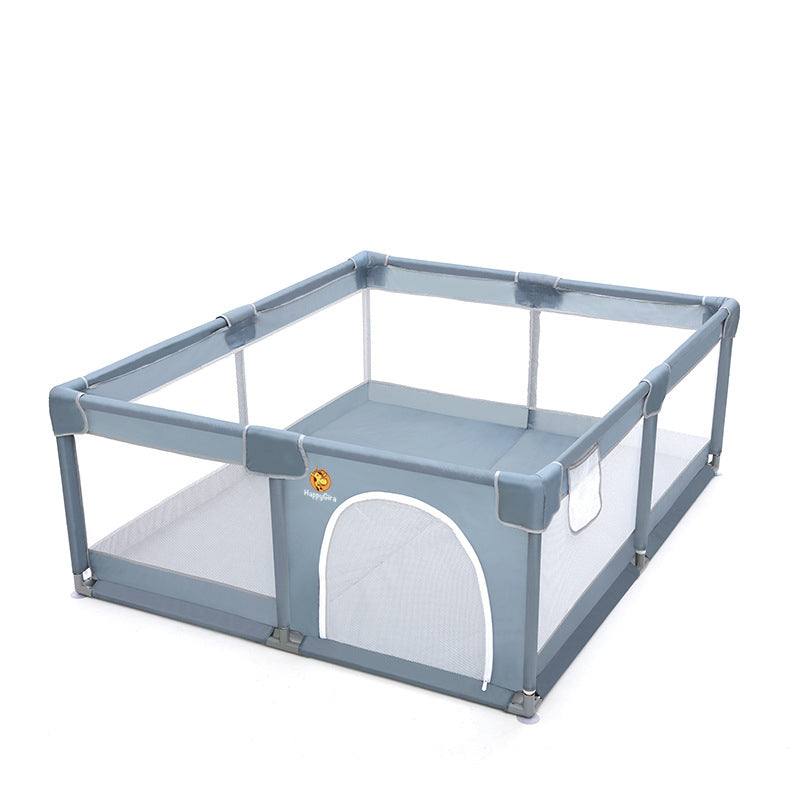
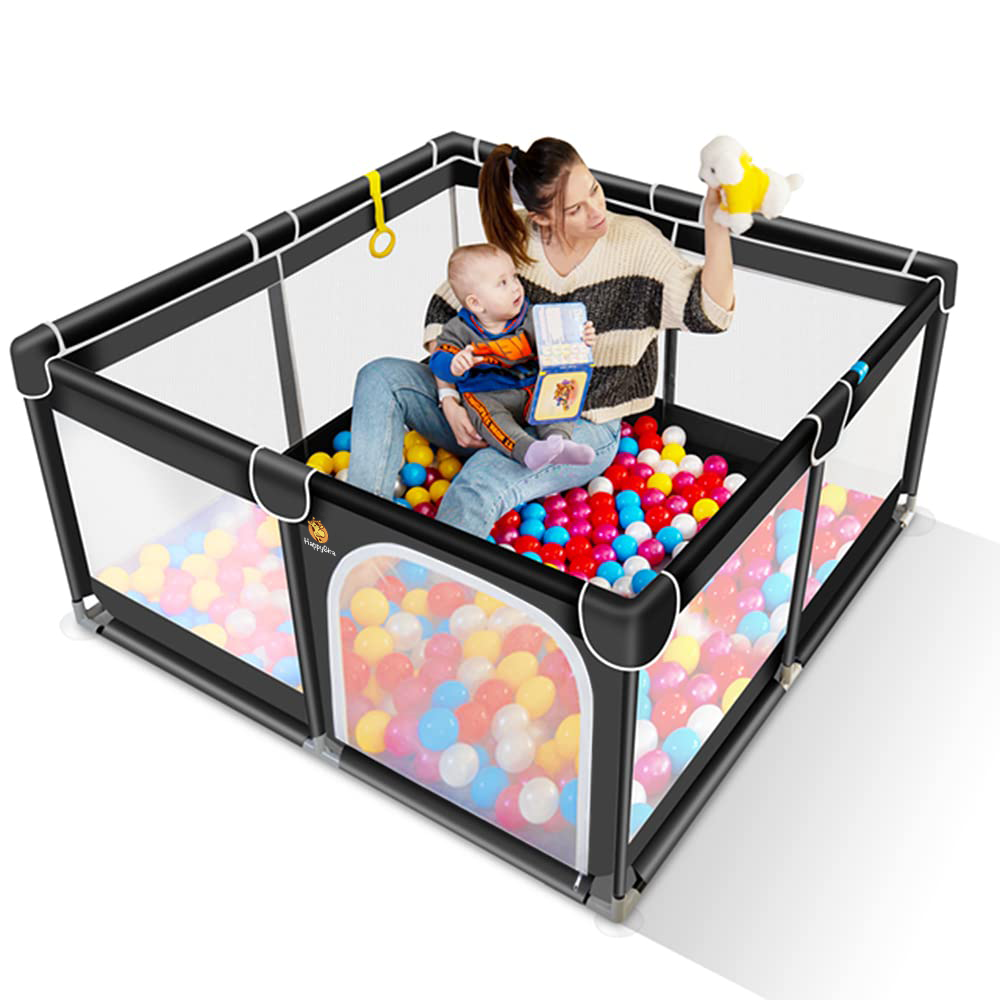
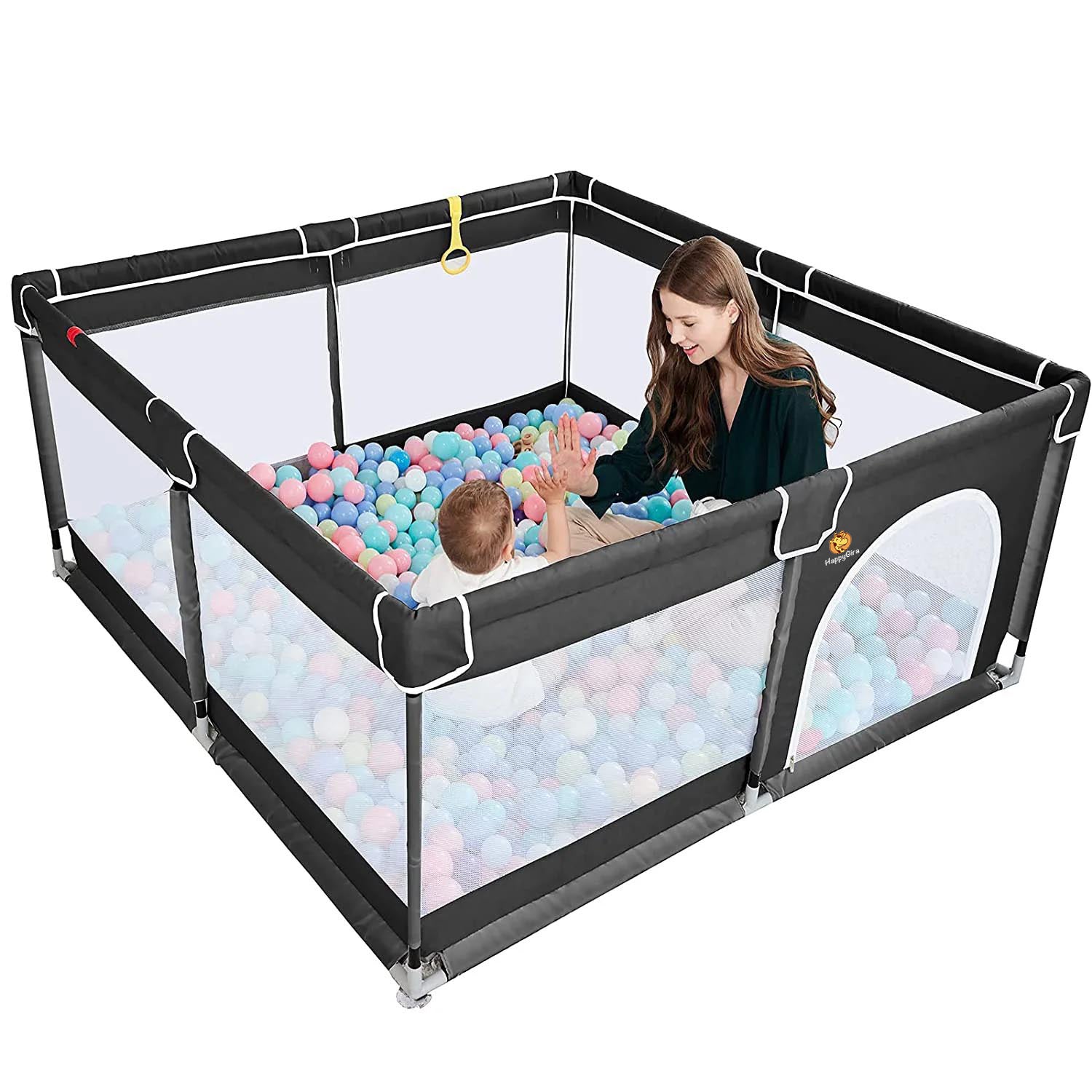
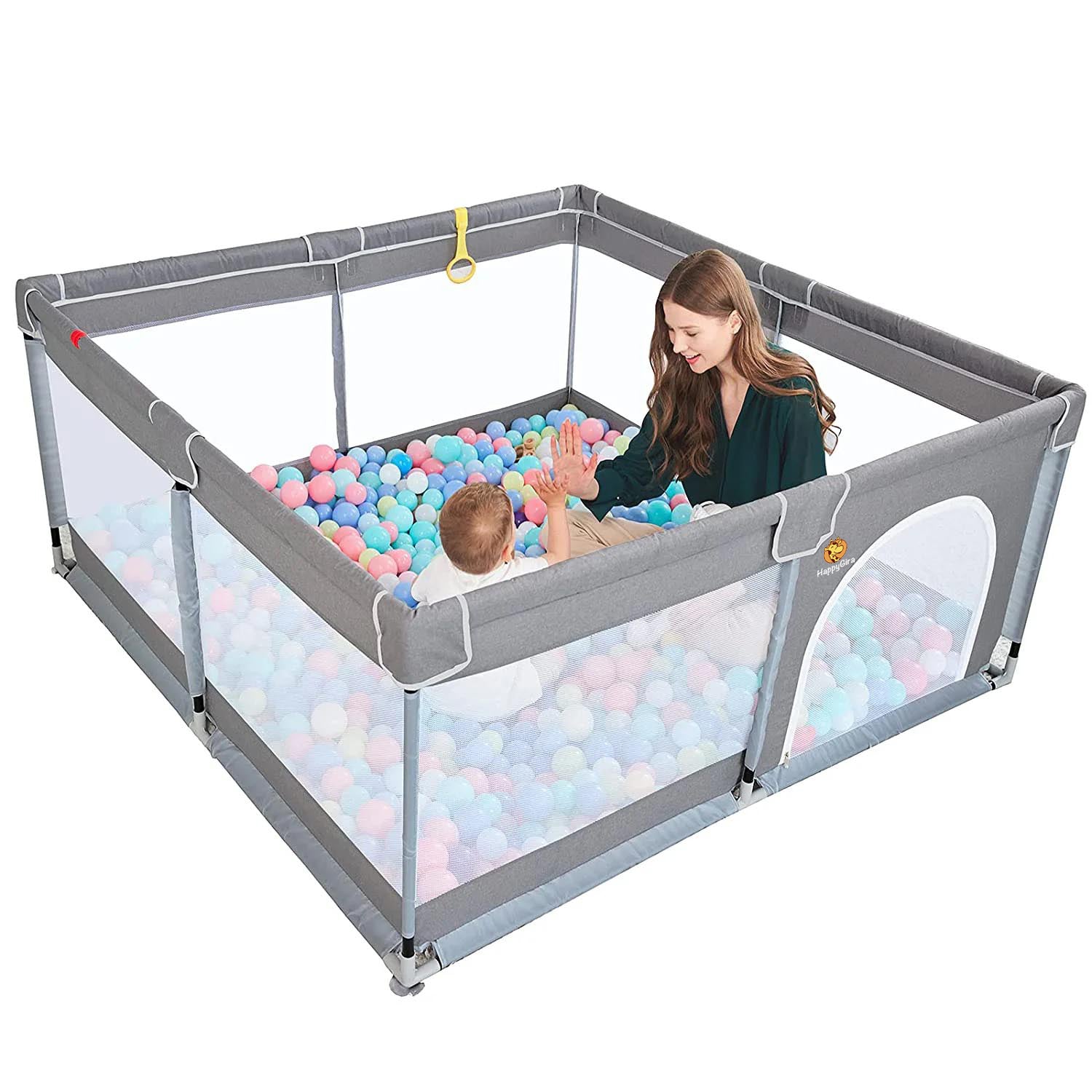

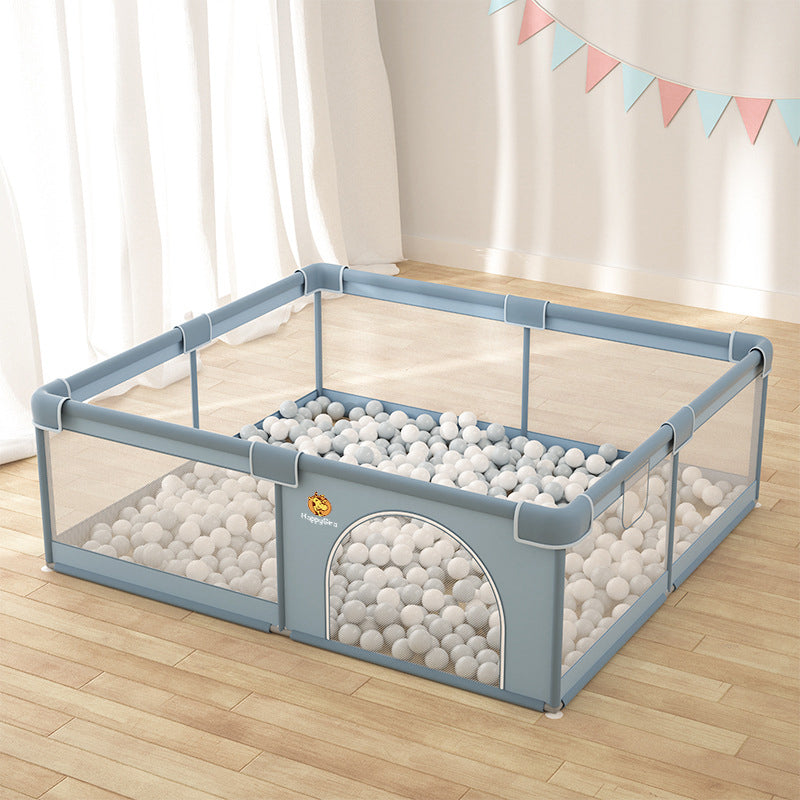
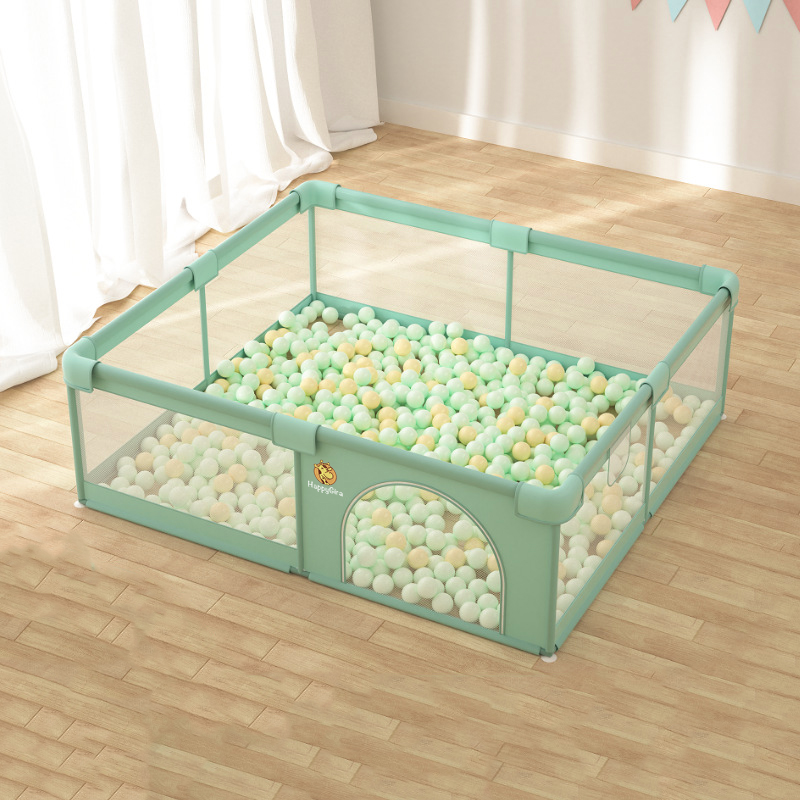
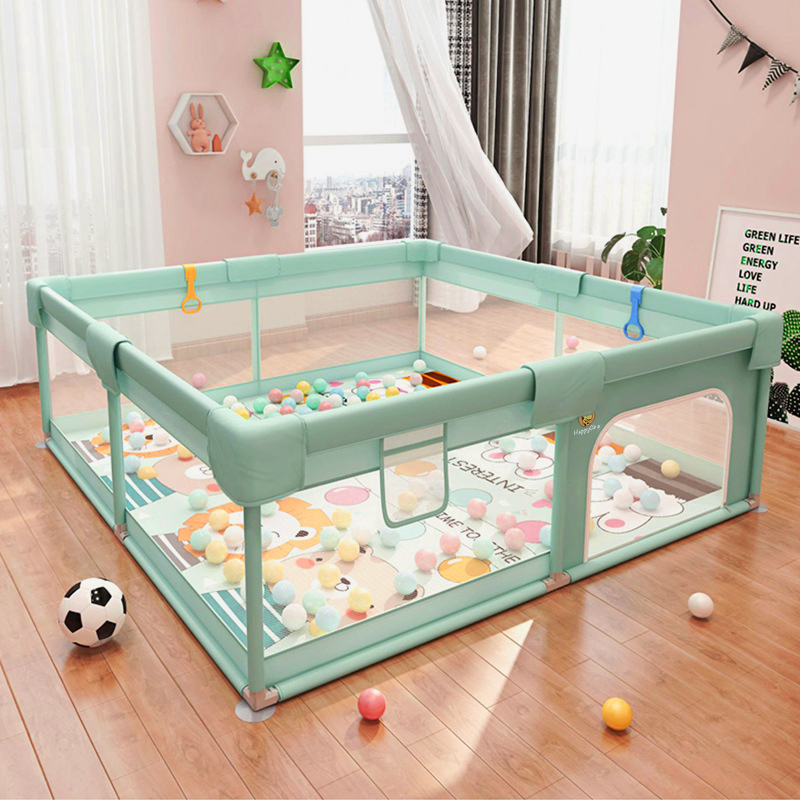

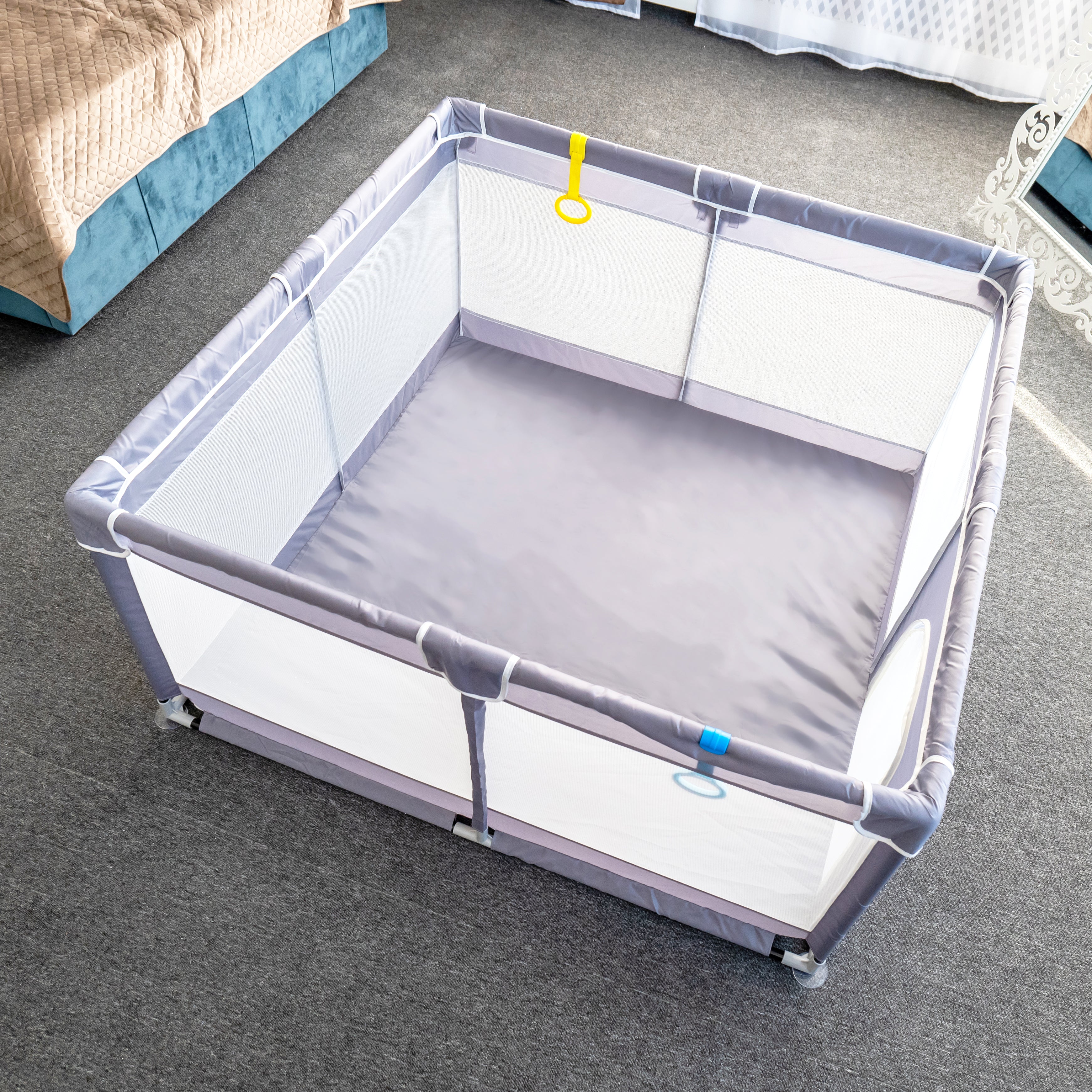































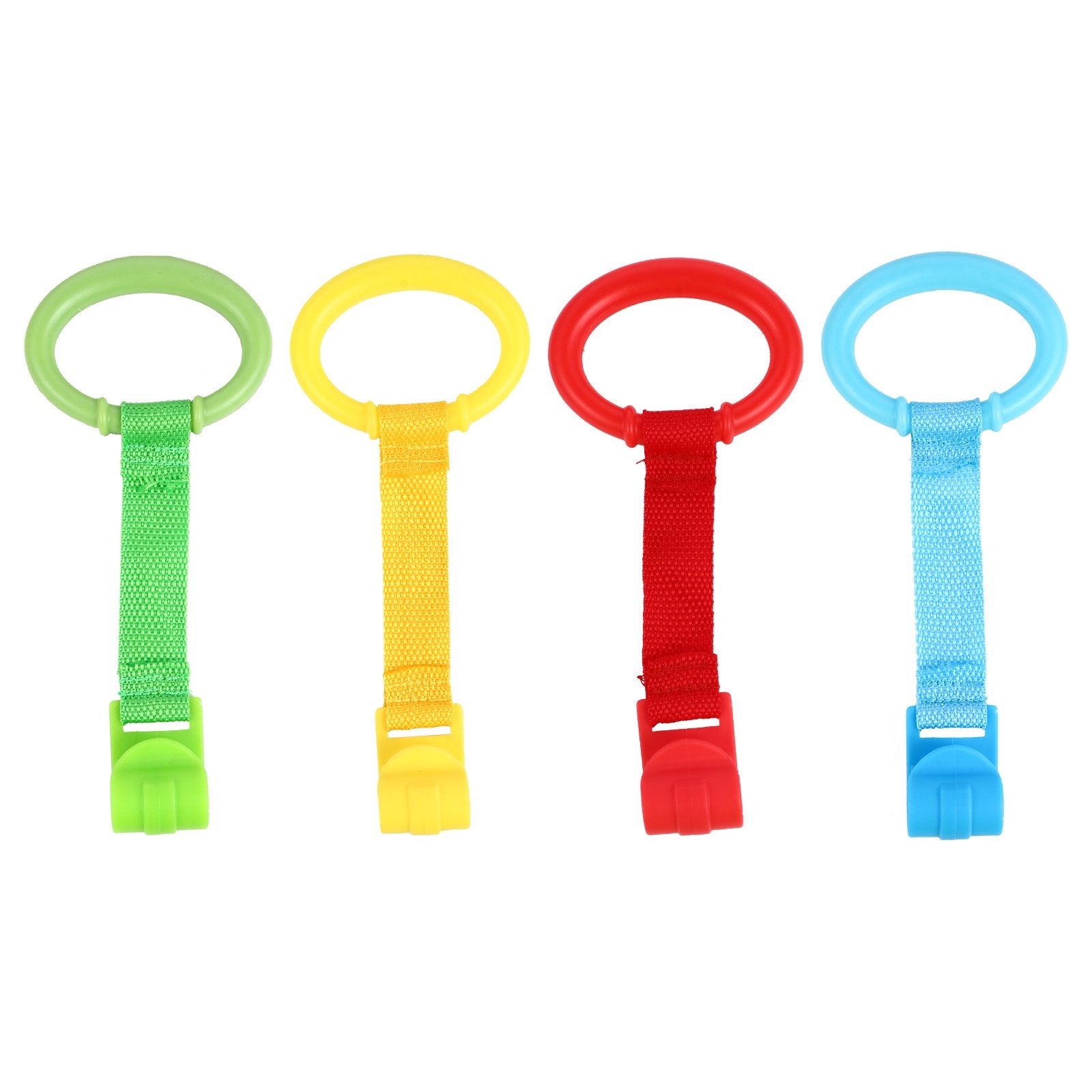
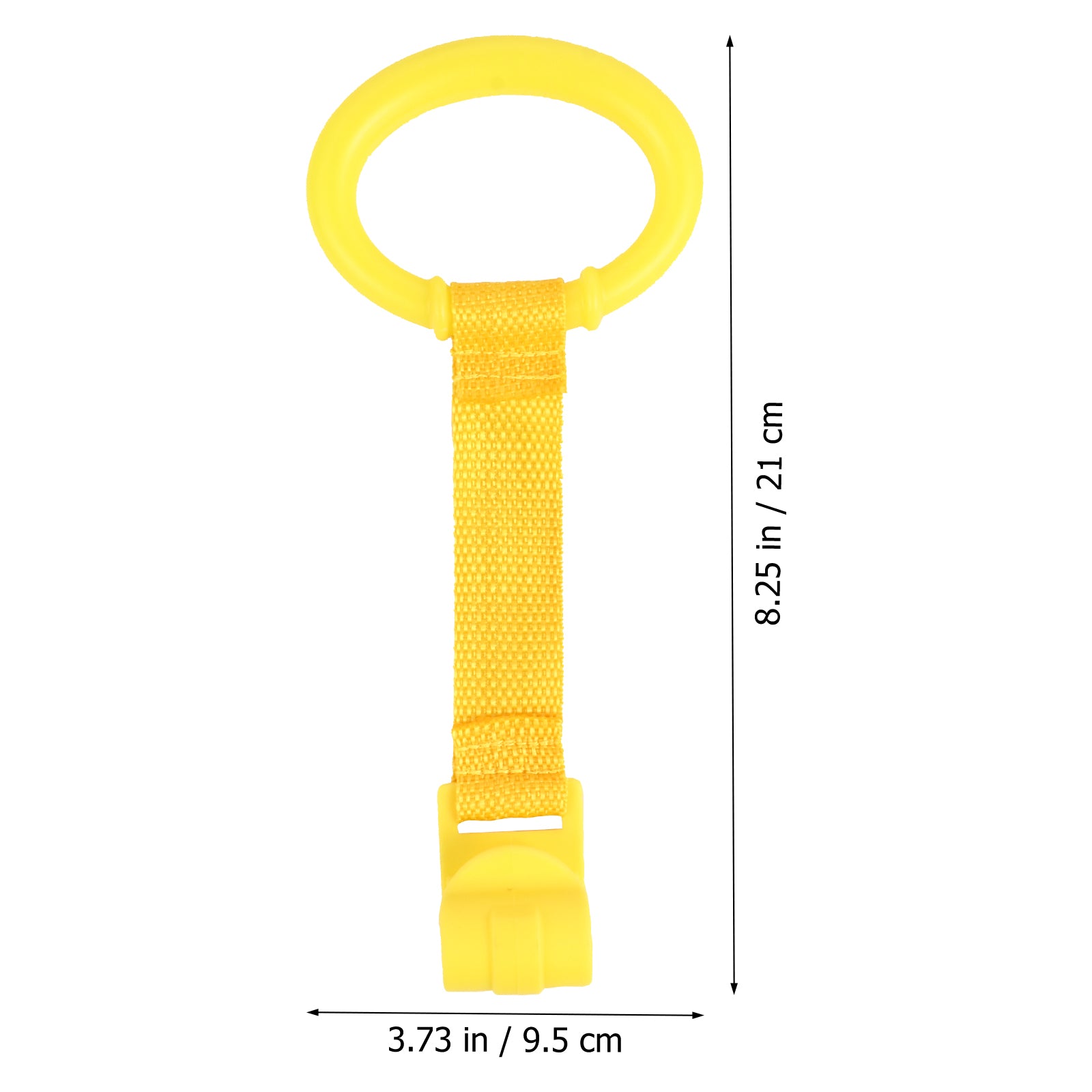






























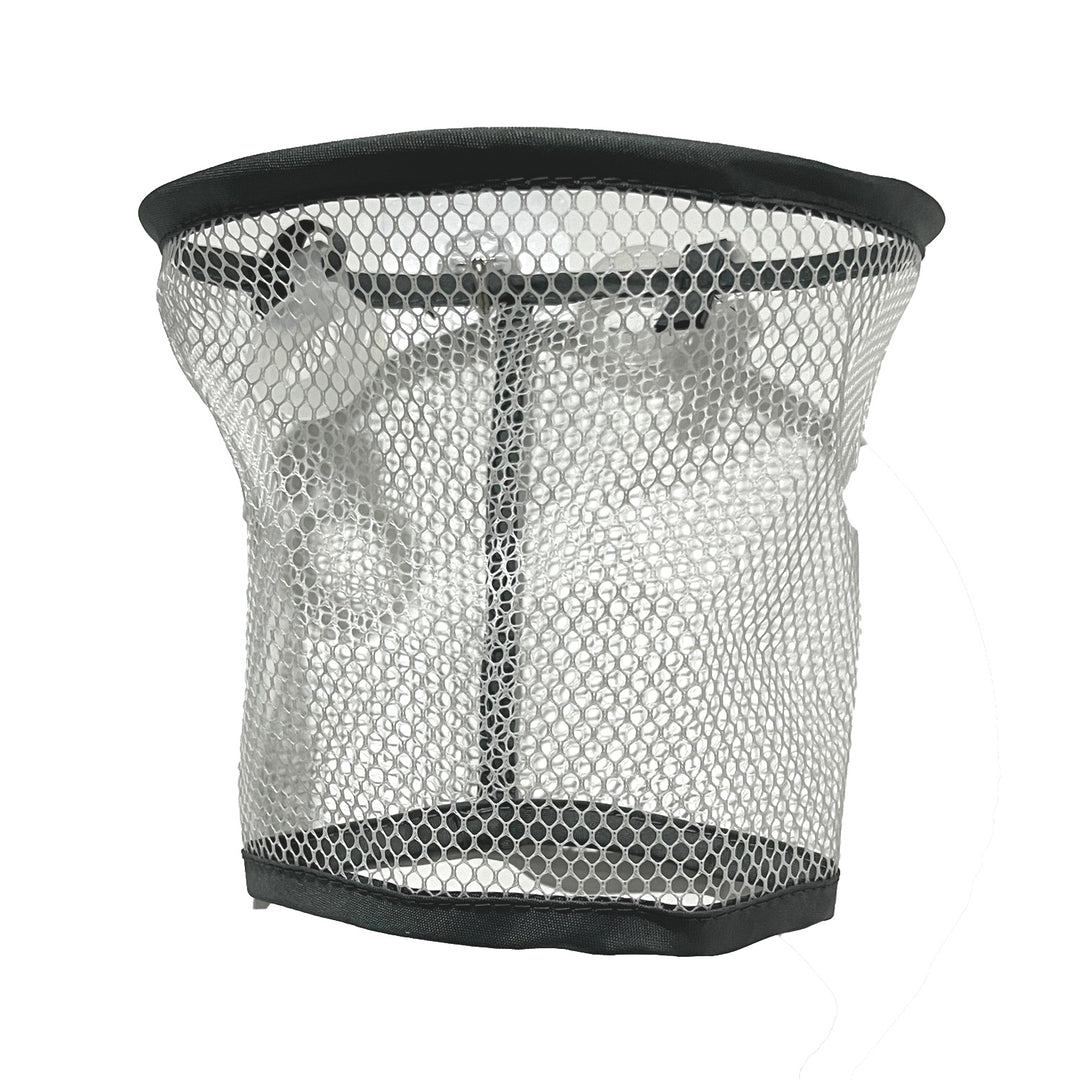
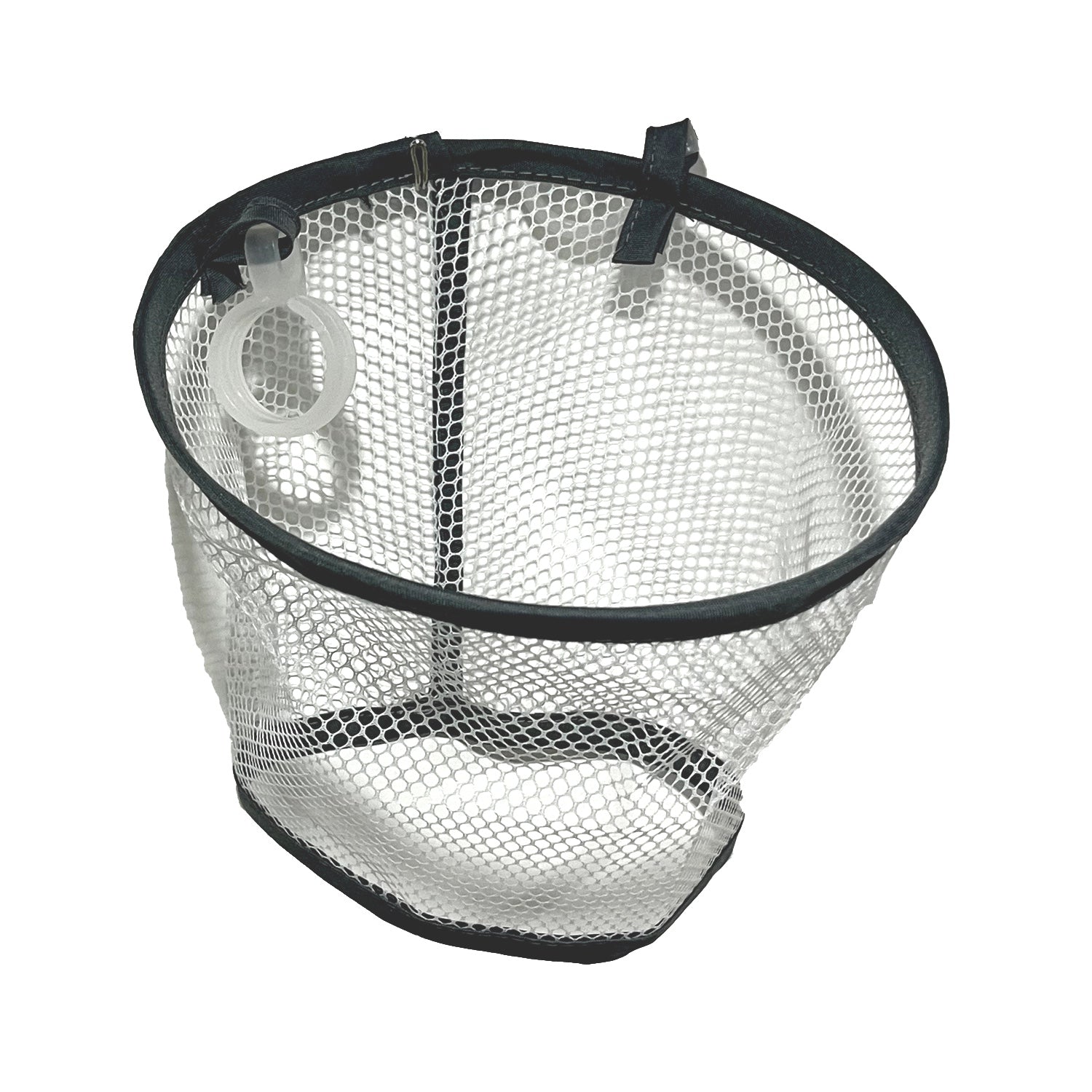






























































































































Leave a comment